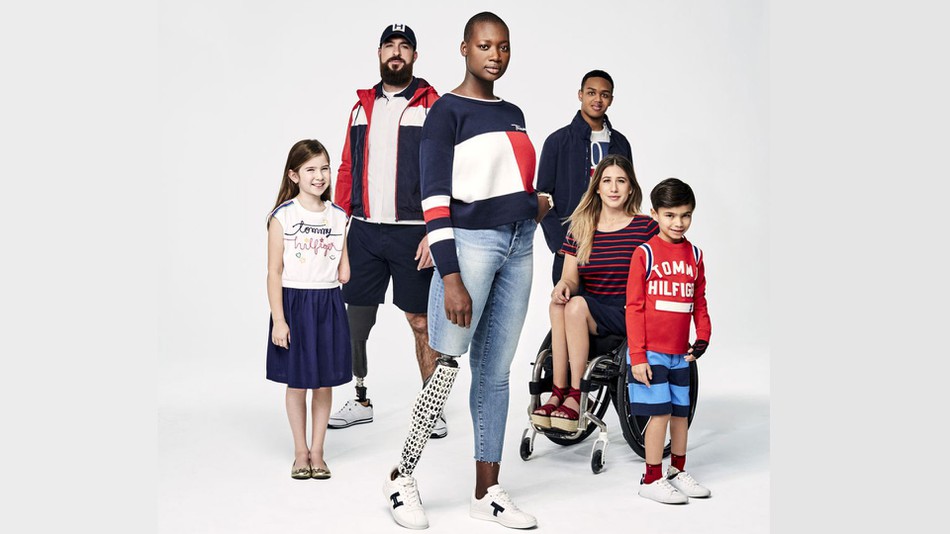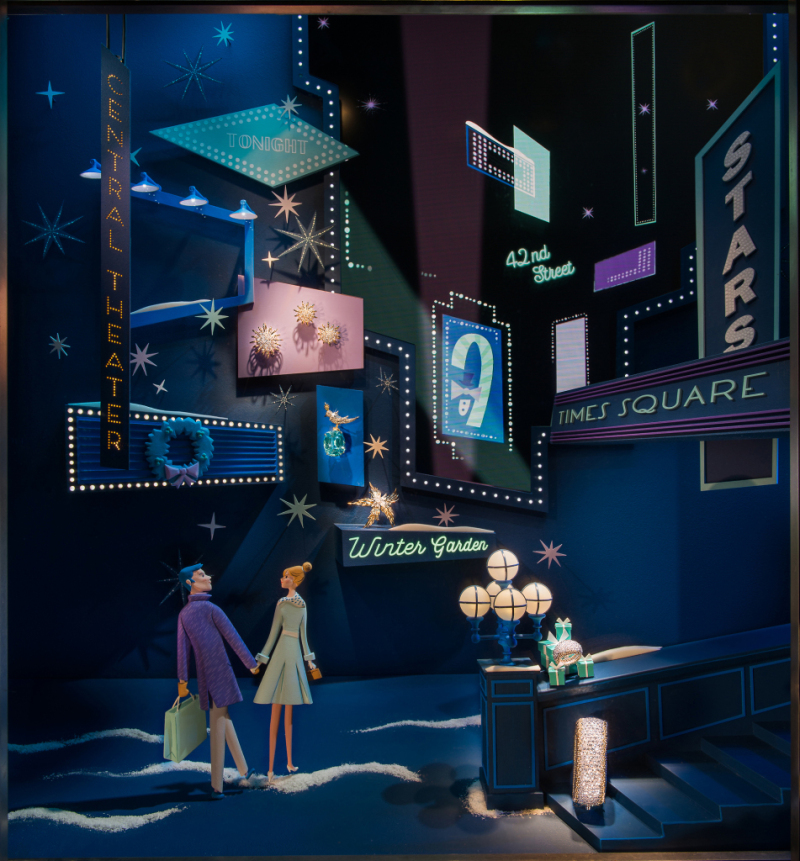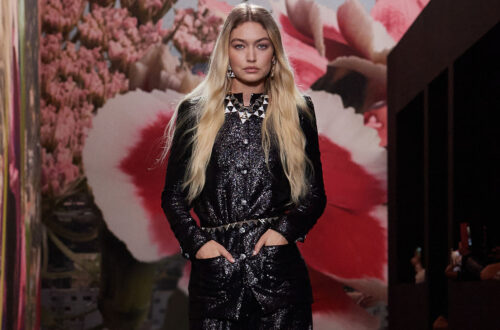Fashion is an everyday topic for everyone. Most people usually spend some time thinking about what to wear, but not everyone thinks about how to wear it. From closing zippers to buttoning our shirts, there are many aspects that don’t seem like a bother to most. But for people with disabilities, it’s a whole other story.
Once defined by exclusivity, fashion has started to develop as a more all-accepting sector in the past years. Although it has started catering to a broader variety of body types, incomes, and cultural backgrounds, clothing made for people with disabilities, called “the adaptive wear industry”, is still lagging behind.
Increasing ranges for disability would not only be a “worthy cause”, it would also be smart business. Disabled people are nowhere near a niche group. Around one in five people in the UK and US have a disability, and according to the United Nations, they are the fastest growing minority in the world.
To continue with even more statistics, according to figures published by the Department of Work and Pensions (DWP) in 2014, the disability sector is worth £249 billion in the UK. In Europe, the figure is $5 trillion, in the USA $2.4 trillion and globally there are over 1 billion people with disabilities, who have an aggregate spending power of $9 trillion (Economist 2012 and Global Economics of Disability 2012). This is a huge market opportunity for the clothing sector that is always on the lookout to grow.

There are two aspects to be taken into account in the creation of adaptive wear; the first is accessibility; how brands make it easier for disabled people to put on or take off their clothes and how they cater to specific needs. The second aspect is style. Although some brands do think more inclusively, and there are also special brands dedicated to this market, most miss the connection between function and fashion, negatively affecting people’s self-esteem. So much that according to a research conducted by disabilityhorizons.com, 75% of the people asked would pay a premium for stylish, well-designed mobility aids and disability equipment.
By not fully embracing such a large group, fashion businesses are also missing out on the loyalty of disabled customers. According to a report by Nielsen (2016), in the USA, despite lower income, “consumers with disabilities spend more per trip and shop more often.” A report from Lloyds Banking Group and The ODI (2012) also found that “once disabled people have found a business that suits their needs, they will become loyal customers returning time after time.”
Although the sector is nowhere near how developed it should be, there are still some designers working hard to make fashion accessible for everybody. One example is Lucy Jones, who took inspiration from her cousin Jake who has hemiplegia for her graduate project at Parsons. She created “advantage blocks”, an advancement to pattern and garment block development, that act as tools to improve the fit of standard patterns. In fashion design, the “standing body” is traditionally used. However, with the seated body, many of the measurements and assumptions of garment construction become disrupted.
Jones also made sure that all her patterns were downloadable in order for them to be more accessible. “I want there to be more sharing and collaboration on this matter. I hope that my work has given a foundation for others to work with,” she explained in an interview.
Adaptive wear has also, to a certain extent gone mainstream. In 2016, Tommy Hilfiger made a partnership with Runway of Dreams, a non-profit working with the fashion industry to develop adaptive-clothing designs for consumers. By doing so, Hilfiger became the first ever American fashion brand to craft an adaptive, designer-name collection for children. It also paid off economically, as two adaptive apparel items were among the six best-selling pieces on the entire site.

These examples are a great start at making fashion even more inclusive, but they are at the same time just that, a start. Clothing is a great opportunity for independence, but if it takes 30 minutes to put on a garment, then turns into a barrier. That means it’s the clothing that needs to be redesigned, and it’s the fashion industry that needs to keep up with the demand of almost 15 percent of the population.
An article by Selin





